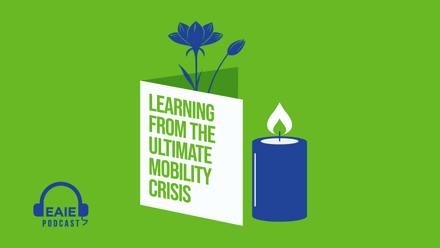Research Snapshot: A survey of BIPs

The First Steps of Blended Mobility in European Higher Education: A Survey of Blended Intensive Programmes
Published date: 04 March 2024
We are both practitioners of Blended Mobility programmes and we were interested in establishing how others are running and integrating these projects in their study programmes. As we are also researchers of Virtual Exchange, we also see Blended Mobility as an activity which brings a new dimension to online collaborative learning. Therefore, we created a questionnaire that was answered by almost 200 BIP coordinators and focused on their experiences of organising and delivering BIPs. We then analysed the closed and open questions to find out how the coordinators planned and delivered their blended mobility courses, what benefits and challenges they saw and what best practices were developed for the online and on-campus activities integrated in a BIP.
As far as we are aware, this is the first overview of how Blended Intensive Programmes – an innovative form of teaching – are being carried out.
About the authors
Key findings from the research:
- There are many opportunities and benefits associated with BIPs from the coordinators’ perspective. One third of the respondents stated that participation in BIPs offers students the opportunity to work in international teams and build a professional network. In addition, some of them saw benefits for the students in terms of developing their intercultural skills. In short, students can already gain a lot by participating in short-term mobility.
- The challenges identified did not have to do with the academic implementation of the BIP, i.e. not in running the course and working with the students, but mainly in the areas of administration, insufficient student funding and planning.
- Good collaboration between the coordinator of the BIP and the international office is crucial for organising BIPs successfully. In order to support this, institutions should consider offering training for BIP organisers that focus on aspects such as how to support and facilitate online phases of student collaboration and how to design effective collaborative projects.








